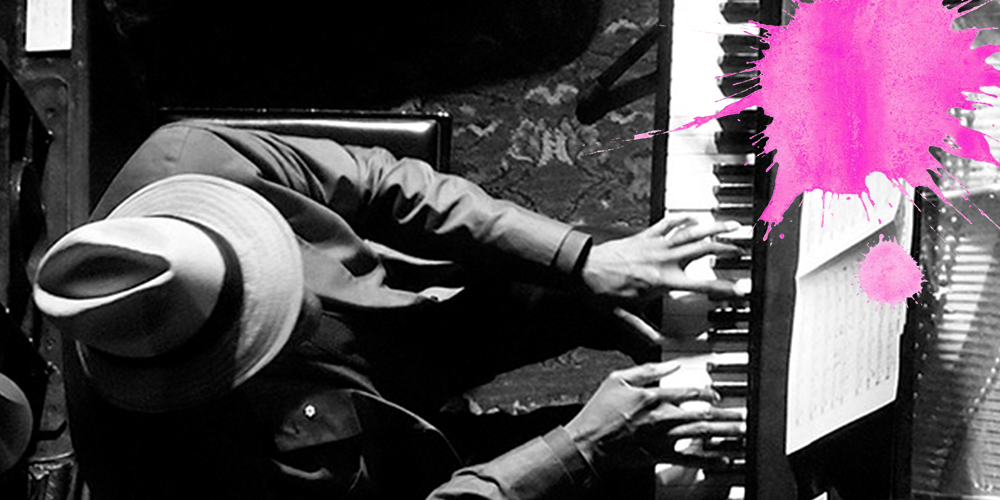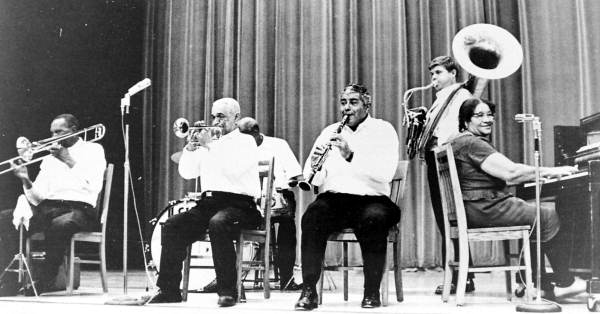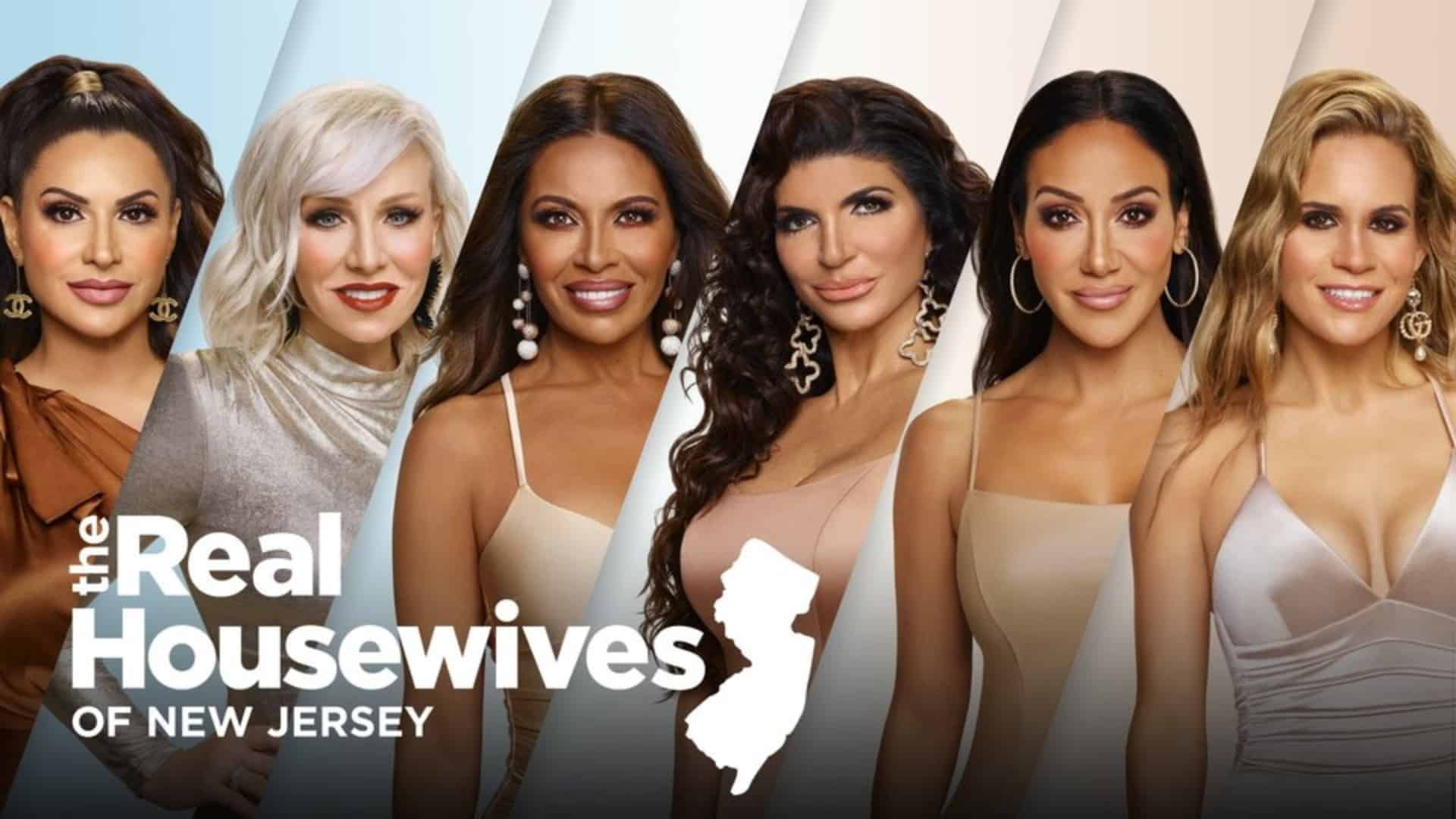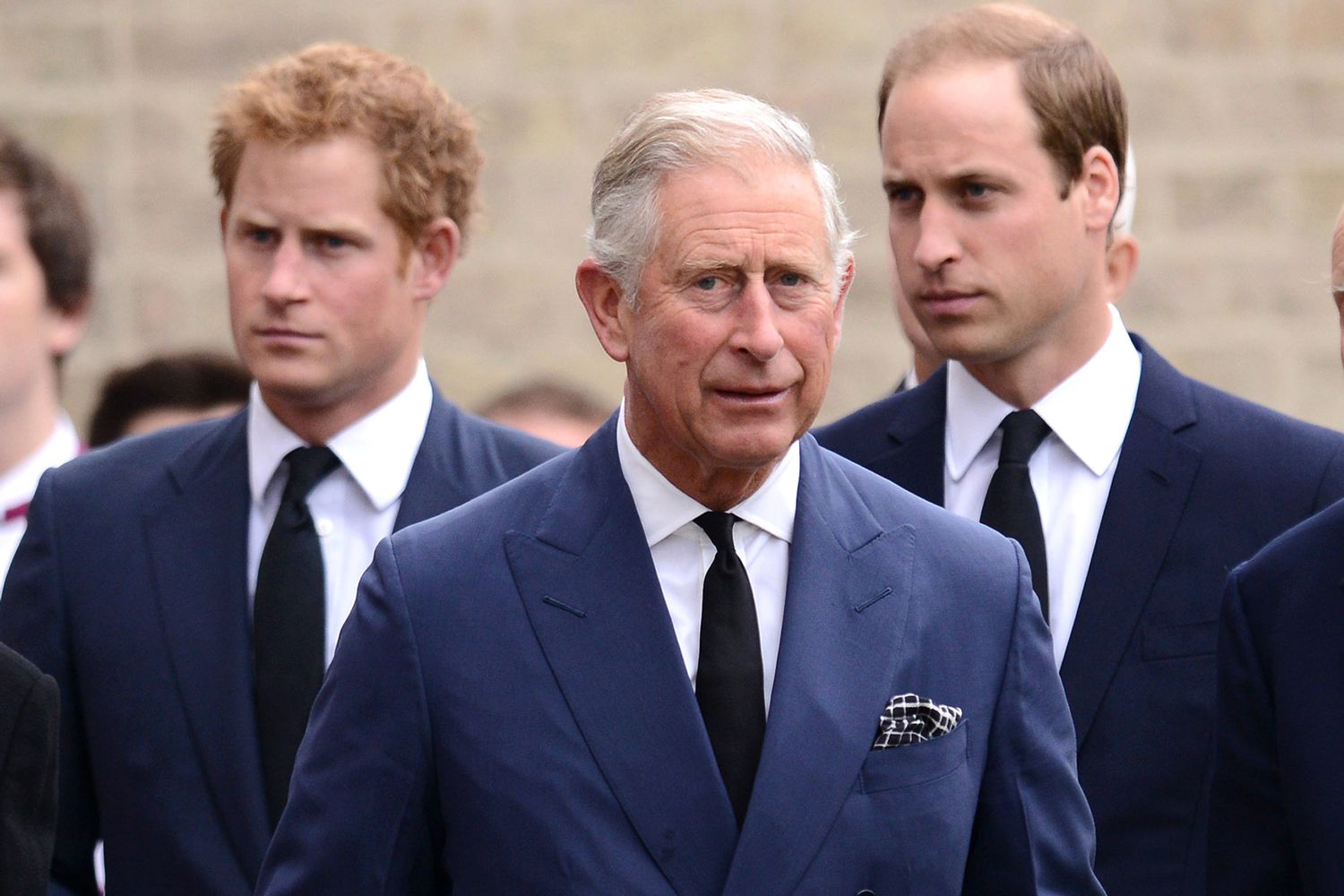The early 1900s marked a pivotal moment in the history of music and entertainment. During this time, ragtime and jazz emerged as influential cultural forces that reshaped the landscape of popular music. From the transformative power of radio to the rise of blackface minstrel shows, these musical genres found their way into the hearts and homes of people across the nation. The impact of ragtime and jazz extended far beyond their melodies, influencing the lifestyle and trends of the Roaring Twenties.
In this blog, we will delve into the fascinating history of ragtime and jazz, tracing their roots and examining the factors that propelled them to the forefront of American culture. Join us on this journey as we explore the rise of ragtime and jazz and discover how this new form of entertainment shaped the music scene in the early 1900s.
The Birth of Ragtime and Jazz
The late 19th and early 20th centuries were characterized by a cultural explosion, giving birth to unique musical forms. Ragtime, with its syncopated rhythms and lively melodies, emerged from the convergence of African and European musical influences, as well as the rapidly evolving urban culture of the era. Jazz, with its improvisational spirit and expressive rhythms, had its origins in the African American communities of New Orleans, incorporating elements from blues and spirituals.

Both ragtime and jazz embodied the spirit of their time, reflecting a rapidly changing society and culture. Ragtime, piano-based and featuring intricate right-hand melodies over a steady left-hand bassline, was a precursor to jazz, mixing European classical and African rhythms into a unique, energetic sound.
Key composers such as Scott Joplin, Jelly Roll Morton, and James Scott made substantial contributions to the development and popularization of ragtime through their compositions and performances. Their music was disseminated through sheet music, live performances, and the burgeoning recording industry.
Listening to iconic ragtime pieces such as Scott Joplin’s “Maple Leaf Rag” or Jelly Roll Morton’s “Black Bottom Stomp” allows us to appreciate the lively nature of ragtime and provides a window into the rich musical history of the early 1900s.
The Influence of Radio in Popularizing Ragtime and Jazz
The early 20th century presented challenges for the development of jazz, with the great depression causing economic difficulties for jazz bands and their ability to sustain live performances. However, this era also witnessed the rise of a new form of entertainment: radio.
Radio emerged as a revolutionary medium that could reach listeners in their homes, overcoming the limitations of live performances. Jazz music found a new platform through which it could reach a broader audience. This newfound exposure on the radio played a pivotal role in popularizing jazz music from the 1920s through the late 1930s.
Jazz’s popularity on the radio translated into increased record sales and the ascent of jazz as a mainstream genre. Listeners could tune in to their favorite jazz bands and enjoy their music from the comfort of their homes. This accessibility and convenience significantly contributed to the widespread popularity and influence of jazz.
One notable example of a jazz band achieving success through radio exposure is the Benny Goodman Orchestra. Benny Goodman’s performances on radio broadcasts, such as the popular “Let’s Dance” series, propelled the band to fame and made Goodman a household name. The radio provided a platform for the Benny Goodman Orchestra and other jazz bands to showcase their talent and reach a broader audience.
The golden age of radio coincided with the development of jazz, making it a leading cultural force. As people turned to the radio for entertainment during this era, jazz music became an integral part of their lifestyle. The radio not only helped popularize jazz but also played a crucial role in shaping the musical landscape of the early 20th century.
The Role of Blackface Minstrel Shows in the Rise of Ragtime and Jazz
The role of blackface minstrel shows in the ascent of ragtime and jazz is a complex and controversial topic. Blackface minstrel shows were a popular form of entertainment in the 19th and early 20th centuries, featuring white performers in blackface makeup caricaturing African Americans. These shows often depicted African Americans in racist and stereotypical ways, perpetuating harmful stereotypes and contributing to the marginalization of black culture.
However, blackface minstrel shows also played a significant role in the development and popularization of ragtime and jazz music. Many early ragtime and jazz musicians, including Scott Joplin and Jelly Roll Morton, were influenced by the syncopated rhythms and improvisational techniques found in minstrel show music. The influence of blackface minstrel shows on ragtime and jazz can be seen in the use of banjos, brass instruments, and the incorporation of African American musical traditions into these genres.
It is important to acknowledge and critique the racist origins of blackface minstrel shows while also recognizing the cultural contributions and innovations they unintentionally sparked in ragtime and jazz. By understanding this complex history, we can better appreciate the evolution of music and the impact of societal influences on artistic expression.
Related Posts
The Impact of Jazz on the Lifestyle and Fads of the 1920s
The impact of jazz on the lifestyle and fads of the 1920s was profound, as it played a central role in the liberation and celebration of freedom during the Roaring Twenties. Jazz, along with its precursor ragtime, was popularized through a new form of entertainment that emerged during this time.
One of the main factors contributing to the popularity of jazz was the advent of radio. Radio broadcasts provided a platform for the widespread dissemination of jazz music, reaching a larger audience than ever before. Jazz also permeated popular culture through film with the introduction of “talkies” and radio opera. These new forms of entertainment promoted and popularized jazz, making it accessible to a broader demographic.

Jazz’s influence extended beyond the realm of music. It influenced fashion, dance, and social norms of the era. The energetic and improvisational nature of jazz music translated into a more lively and vibrant fashion sense, with flapper dresses, feather boas, and beaded accessories becoming popular among women. Jazz also revolutionized dance, with the Charleston and the Lindy Hop becoming the dances of the decade.
The Jazz Age represented a break from traditional values and a celebration of individuality and self-expression. Jazz music became a symbol of this rebellion, with its free-spirited and improvisational nature mirroring the changing attitudes of the time.
Today, the impact of jazz on the lifestyle and fads of the 1920s can still be felt. The legacy of jazz is evident in the continued popularity of the genre and its enduring influence on subsequent forms of music and culture. The Jazz Age remains a defining era in history, representing a period of profound change and liberation.
The Evolution of Ragtime and Jazz as Leading Cultural Forces
The evolution of ragtime and jazz as leading cultural forces in the early 1900s can be attributed to various factors. One significant influence was the role of minstrelsy in popularizing these genres. Minstrelsy, which involved white performers wearing blackface and imitating African American culture, showcased ragtime and jazz to a wider audience.
However, it is important to note that the authenticity and vitality of Afro American music were far more powerful than the popularized versions seen in minstrel shows. The true essence of African American music, with its rhythmic complexity and emotional depth, was a driving force behind the rise of ragtime and jazz.
One notable figure in the popularization of ragtime and jazz was William Henry Lane, an African American minstrel. Lane, also known as “Juba,” was one of the few prominent Black performers in minstrelsy before the Civil War. His contributions helped introduce ragtime and jazz to audiences around the world, including England.
As the early 1900s progressed, new forms of entertainment such as radio, talkies, and radio opera played a role in the growing popularity of ragtime and jazz. These mediums provided a platform for the lively and spirited nature of these genres to reach a broader audience. The vibrant music of New Orleans, combined with the influence of musical theater, further propelled ragtime and jazz to become leading cultural forces of the era.
Conclusion
The early 1900s were a time of cultural dynamism, and the phonograph and radio were instrumental in disseminating the infectious rhythms of ragtime and jazz to the masses. These innovations not only transformed the music industry but also had a profound impact on American culture. The popularization of these genres during the Jazz Age was a testament to the power of music to reflect and shape society. While the era has passed, the legacy of ragtime and jazz endures in the diverse musical landscape we enjoy today. Ragtime and jazz will forever be remembered as the genres that broke boundaries, inspired rebellion, and created a lasting impact on the world of music.
References
This blog post is based on historical research and references, including books, articles, and documentaries that provide insight into the role of the phonograph and radio in popularizing ragtime and jazz in the early 1900s.
- A Brief History of Ragtime Music: A Pre-Jazz Sensation – PianoTV
- The Role of Radio in the Development of Jazz Music Essay – IvyPanda
- 2 “A Colorful Nightmare”: Immigrant Ragtime Dancing as Participatory Minstrelsy – Oxford Academic
- The Roaring Twenties: Consumerism, Decadence and All That Jazz – TheCollector
- The Evolution of Jazz; 7; Boogie Woogie and the Beginnings of Ragtime, Part Two
Read also: Exploring the Influence and Resilience of Pop Culture

















